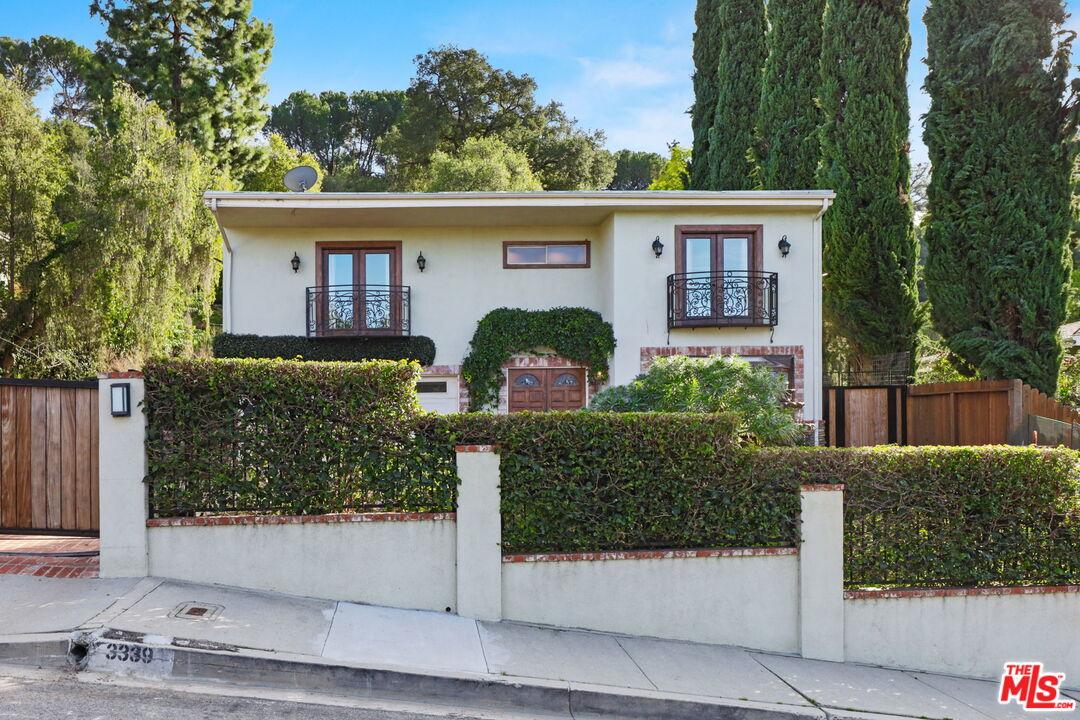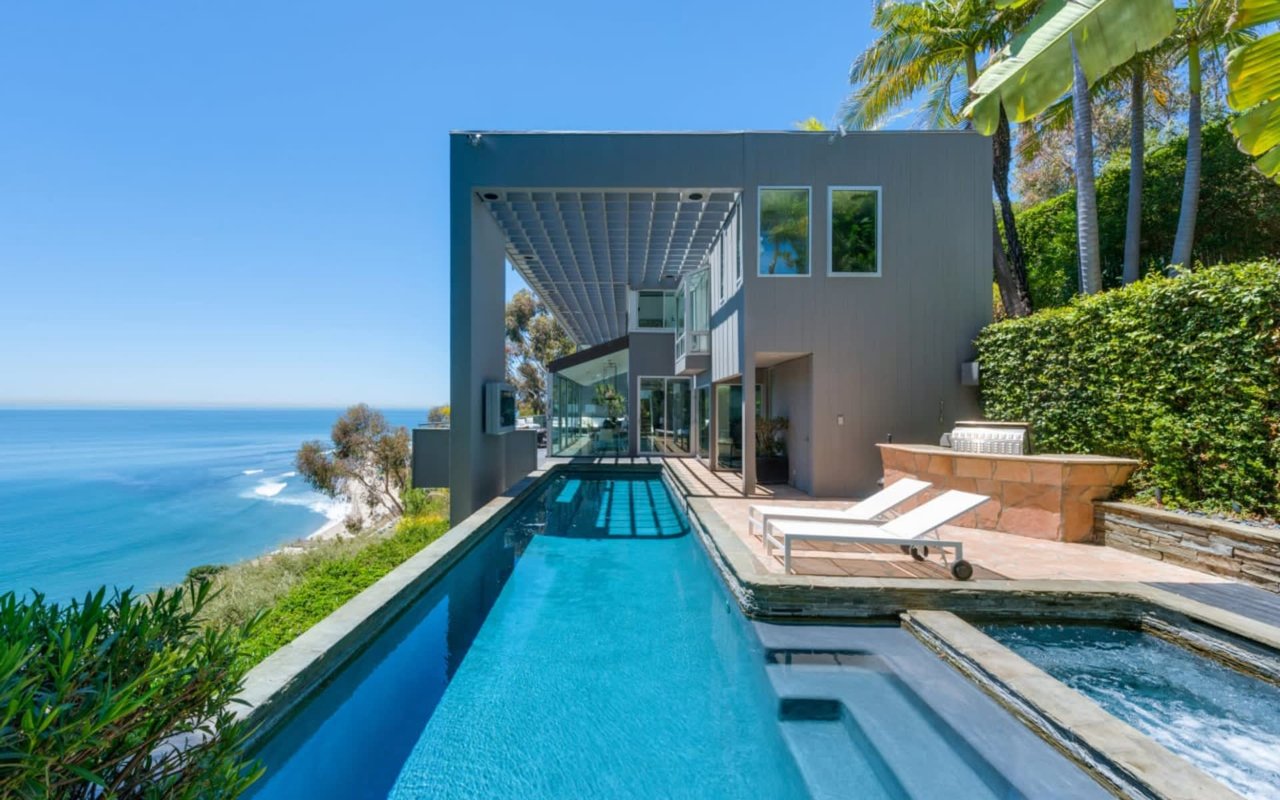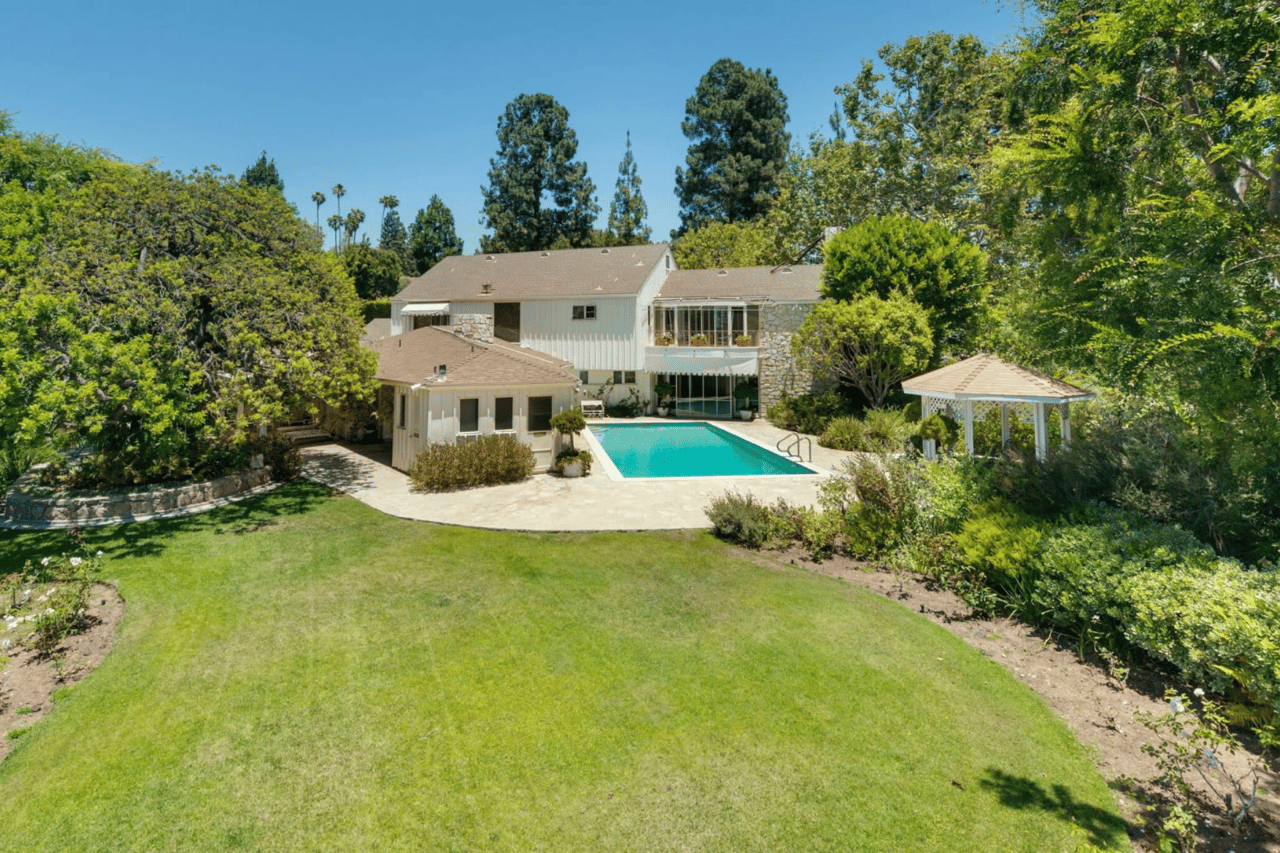Bel Air, one of the most exclusive neighborhoods in Los Angeles, is known for its stunning homes, tranquility, and luxurious lifestyle. Living in Bel Air offers easy access to downtown Los Angeles. It provides ample space, gorgeous recreational areas, and great coffee shops. The houses in the neighborhoods are architectural masterpieces, many of which have become iconic landmarks in the city. From the historical and classic houses to the modern, minimalist homes, residences in Bel Air represent diverse styles, lending style and character to the neighborhood. Read on to learn about seven of the most striking architectural styles in Bel Air.
Spanish Colonial Revival
Bel Air’s history dates back to the early 19th century when it was part of a Spanish land grant. The land changed hands many times and evolved into a high-end residential area in the early 1920s. Homes built then were designed to be the epitome of luxury and sophistication.
Architects Bertram Goodhue and Carleton Winslow exposed the United States to Spanish Colonial Revival architecture. Houses built in this style typically have a white stucco exterior contracted against a painted tile. Many existing houses for sale in Bel Air are built in this style.
Additionally, these houses feature ornamental ironwork in line with their overall elegance. The exteriors of these homes typically have archways, decorative edging, wooden doors, and red-tiled roofs. This architectural design includes courtyards, balconies, and patios, making it easy to enjoy the lovely California weather from the comfort of your home.
Architects Bertram Goodhue and Carleton Winslow exposed the United States to Spanish Colonial Revival architecture. Houses built in this style typically have a white stucco exterior contracted against a painted tile. Many existing houses for sale in Bel Air are built in this style.
Additionally, these houses feature ornamental ironwork in line with their overall elegance. The exteriors of these homes typically have archways, decorative edging, wooden doors, and red-tiled roofs. This architectural design includes courtyards, balconies, and patios, making it easy to enjoy the lovely California weather from the comfort of your home.
American Colonial
Many architectural styles were inspired by the domestic architecture prominent in some nation, such as French Colonial and Dutch Colonial. The American Colonial style was inspired by the British townhomes of the pre-Civil War period. American Colonial homes use stone and narrow clapboard siding, features commonly found in the United Kingdom.
Homes built in the American Colonial architectural style emphasize symmetry, often with a central staircase behind the front door and equal window distribution. There is usually simple detailing, such as Greek or Roman columns or square chimney stacks. Homes built in this style are often rectangular, though sometimes homeowners add extensions to the side or back of the house.
Homes built in the American Colonial architectural style emphasize symmetry, often with a central staircase behind the front door and equal window distribution. There is usually simple detailing, such as Greek or Roman columns or square chimney stacks. Homes built in this style are often rectangular, though sometimes homeowners add extensions to the side or back of the house.
Cape Cod
Cape Cod architecture is one of the most well-known architectural styles. While the architectural style is named after the coastal Massachusetts region, it is based on a British Georgian style from the 18th century. The style had to be simplified to be made practical for local materials and climates. Large, centrally located brick chimneys, low eaves, and low ceilings keep these homes warm in cold weather. Houses built in this style typically have window shutters or clapboard siding and are one-and-a-half stories. Modern variants include gabled dormers on the upper floor and decorative entrances.
Contemporary
Contemporary homes build on modernist innovations while drawing on other styles. These homes incorporate the latest design, materials, and technological innovations. Homes built in this style tend to have open floor plans, blocky construction, flat roofs, and subtle landscaping.
Moreover, contemporary homes are often constructed with multiple materials. Their design may contrast metallic elements with painted stucco or wood. Other commonly used materials include poured concrete, steel, and large panes of glass, making it practical to enjoy all the natural beauty in the area.
Contemporary homes give homeowners much freedom to customize the interiors and gardens to their tastes. Contemporary-style homes emphasize entertainment, incorporate nature, and use technology to create ease and comfort in the living space. Additionally, with technological advances, these homes are often built with sustainable materials and optimized energy consumption, which lowers the home’s carbon footprint.
Moreover, contemporary homes are often constructed with multiple materials. Their design may contrast metallic elements with painted stucco or wood. Other commonly used materials include poured concrete, steel, and large panes of glass, making it practical to enjoy all the natural beauty in the area.
Contemporary homes give homeowners much freedom to customize the interiors and gardens to their tastes. Contemporary-style homes emphasize entertainment, incorporate nature, and use technology to create ease and comfort in the living space. Additionally, with technological advances, these homes are often built with sustainable materials and optimized energy consumption, which lowers the home’s carbon footprint.
English Cottage
Traditional English-style cottage homes are highly sought-after. Cottage styles incorporate idiosyncratic layouts, cozy rooms, and curving roof eaves with finished brickwork or mock-thatch. Some English Cottage homes feature picture windows with leaded panes and can include medieval Tudor architectural styles, such as exposed structural beams.
Inside, the exposed beams add to a room’s feeling of hominess. Homes built in this style have steep, sloped roofs and multiple floors. There tend to be arches and curves on the home’s exterior, which adds geometric interest to the house. Sometimes, owners incorporate stained glass, mullioned windows, or stone flagstones.
Inside, the exposed beams add to a room’s feeling of hominess. Homes built in this style have steep, sloped roofs and multiple floors. There tend to be arches and curves on the home’s exterior, which adds geometric interest to the house. Sometimes, owners incorporate stained glass, mullioned windows, or stone flagstones.
French Revival
French-inspired homes were popularized by soldiers returning home from the World Wars and became prominent in America between 1915 and 1945. The French Revival style includes several sub-styles of architectural styles, including French Eclectic, Norman Cottage, and Chateauesque.
Chateauesque homes are more formal and take inspiration from French medieval castles. Large homes in this style often have round towers or turrets with pyramidal or conical roofs. Portholes or arched windows are also prominent in this architectural style. The interiors typically have expansive staircases and high ceilings, which add to the splendor of the style.
Norman Cottage homes feature stonework around the windows and delicate iron touches added around the exterior. They are often built in an L-shaped floor plan, placing the front door at the junction of the two wings. French eclectic homes typically combine aspects of Cottage, Craftsman, or other styles while retaining some of the rustic elements of French provincial houses, such as brick chimneys or gray-tiled roofs.
Chateauesque homes are more formal and take inspiration from French medieval castles. Large homes in this style often have round towers or turrets with pyramidal or conical roofs. Portholes or arched windows are also prominent in this architectural style. The interiors typically have expansive staircases and high ceilings, which add to the splendor of the style.
Norman Cottage homes feature stonework around the windows and delicate iron touches added around the exterior. They are often built in an L-shaped floor plan, placing the front door at the junction of the two wings. French eclectic homes typically combine aspects of Cottage, Craftsman, or other styles while retaining some of the rustic elements of French provincial houses, such as brick chimneys or gray-tiled roofs.
Mediterranean
Mediterranean-style homes peaked in the 1920s and 1930s but are still very popular today. This architectural style draws inspiration from a blend of Spanish Renaissance and Spanish Colonial, Andalusian, Beaux-Arts, and Italian Renaissance styles. Homes built in this style integrate indoor-outdoor living and typically have interior courtyards and luscious gardens. The exteriors are often painted in vibrant, earthy tones and have flat roofs reflecting summer heat. Shady terraces, arches, and projecting porches are standard features in these homes.
If you are looking for homes for sale in Bel Air, there are many styles to consider. Working with a trusted realtor is the first step. Contact Mark Rutstein today with any questions.
*Header photo courtesy of Pexels
If you are looking for homes for sale in Bel Air, there are many styles to consider. Working with a trusted realtor is the first step. Contact Mark Rutstein today with any questions.
*Header photo courtesy of Pexels



